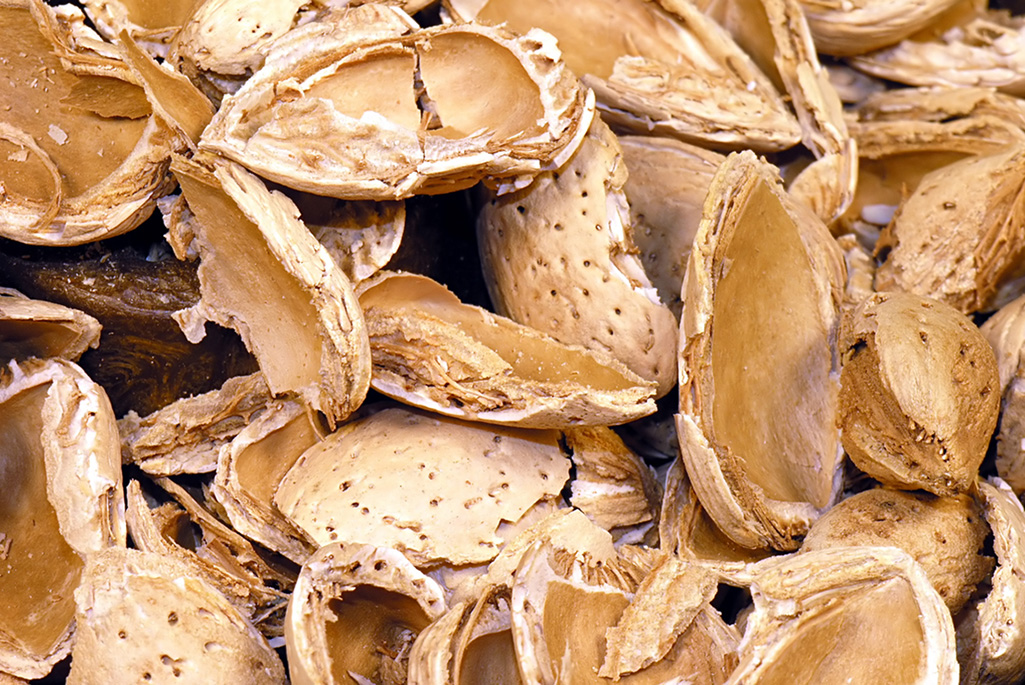
In California’s Northern San Joaquin Valley, agricultural leftovers such as almond shells, fruit peels, and orchard trimmings can potentially be converted into sustainable bioproducts and biofuels – with the right technology. Today, Schmidt Sciences’ Virtual Institute on Feedstocks of the Future awarded new funding to a group investigating how to make better use of the diverse agricultural waste in the region.
The group, “Building the Circular Bioeconomy in the North San Joaquin Valley” or BioCircular Valley, is co-led by the Department of Energy’s Lawrence Berkeley National Laboratory (Berkeley Lab), UC Berkeley, and BEAM Circular, with partners at UC Merced, UC Agriculture and Natural Resources, the Almond Board of California, and USDA Albany Agricultural Research Station.
“California has this incredible diversity of materials, but they aren’t well understood – and this makes it difficult to know how to extract the most value out of them,” said Corinne Scown, a staff scientist in Biological Systems and Engineering (BSE) and at UC Berkeley, and one of the project leads. “We want to characterize them and make that information available so companies can more easily figure out which feedstock is a good match for them, and then use that agricultural residue to make everything from bio-based polymers and chemicals to sustainable materials and aviation fuels.”
The project builds on ongoing efforts to establish biomanufacturing capabilities in the Northern San Joaquin Valley, which includes San Joaquin, Stanislaus, and Merced counties. Providing better data on how to convert the valley’s millions of tons of agricultural waste into valuable products may spur biomanufacturing companies to build facilities nearby, minimizing how far the raw materials have to be moved and generating new jobs.
“This project is designed to benefit a region that has massive potential but has so far been economically left behind, and to develop a new industry that can provide improvements in air quality, water quality, and greenhouse gas emissions as well as significant opportunities in economic equity and the creation of new jobs,” said Blake Simmons, BSE Division Director and the BioCircular Valley project lead.



